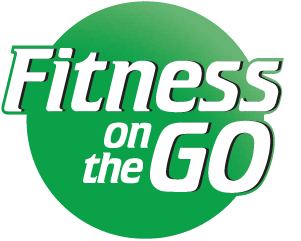Cardiovascular Fitness Training: Getting Started
Cardiovascular fitness training (or “cardio”) is an important part of any workout routine. Cardiovascular fitness training helps the heart, lungs and organs function properly. Those who have good cardiovascular fitness have hearts that are able to supply oxygen-rich blood to working muscles and muscles that are able to use this oxygen to produce energy. Those who exercise frequently will increase their cardiovascular fitness level. This makes the heart more efficient at pumping blood and oxygen and the body more efficient at using this oxygen.
Why Cardiovascular Fitness Training is Important
Cardiovascular fitness is important for a number of reasons. In addition to keeping your heart and lungs strong, cardio is also a good way to burn calories and it can help you lose weight. Regular cardiovascular fitness training also helps reduce risk of heart attack, high cholesterol, high blood pressure and diabetes.
Plus, cardio training makes you feel good, gives you more energy, reduces stress and it helps you sleep better. As you can see, cardio is important for a number of reasons!
Cardiovascular Fitness Training Tips
If you’re just starting out with a cardiovascular fitness training program, there are a few important things to keep in mind.
There is no cardiovascular exercise that is “best” for all people. There are a wide variety of different ways to get your heart rate up including walking, running, stair climbing, cycling, rowing, swimming, jumping rope, skating and playing sports. It’s important to choose a type of cardiovascular fitness training that you personally enjoy. This will make it much more likely that you will actually do it!
You don’t need to visit a gym in order to do cardio. Many activities, such as walking and running, can be done just about anywhere. Exercises like jumping rope, jogging in place, jumping jacks and many other activities can be done right in your own home! A fancy gym or expensive workout equipment is not necessary.
If you are unable to find the time to do your cardiovascular fitness training in a solid 20-30 minute block, try to fit in some cardio whenever you can. For example, park farther away from the store or your office and walk briskly to the door. Try walking up the stairs instead of taking the elevator. Go for a walk on your lunch break. All of these activities help.
As with all exercise, be sure that you stay hydrated. Drink water before, during and after cardiovascular fitness training to ensure that you get enough.


No Comments